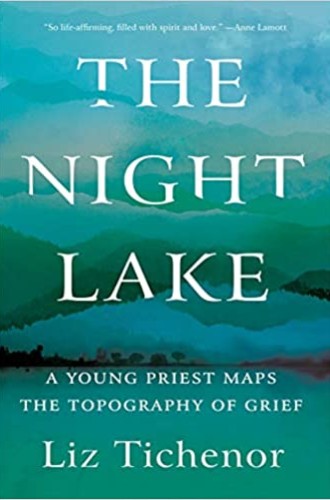Liz Tichenor’s life in the wake of her infant’s death
We are called to accompany the bodies we love from birth to death and beyond.
In many ways this memoir is deceptively straightforward. On January 9, 2014, Liz Tichenor’s 40-day-old son, Fritz, died suddenly. The book begins with Fritz’s death and then moves steadily through the four years afterward, interspersing Tichenor’s tentative steps toward healing with memories of the death of her mother by suicide only a year and a half earlier. The book is broken up into 11 chapters, each with its own series of subsections and titles. It is not fragmented or experimental, nor does Tichenor flood it with references to outside authorities on grief or theology. The Night Lake is a memoir written as it was lived—in measured, small steps forward.
This form is a wise and salient choice. In her essay “The Joni Mitchell Problem,” Meghan Daum discusses an issue many memoirists face: the inability to discern between “letting it all hang out” and “putting yourself out there.” Letting it all hang out is the tempting (and sometimes lauded) practice of offering the reader “indiscriminate and frequently gratuitous” detail, pushing raw experience without any real effort to shape or manage it. Putting yourself out there, on the other hand, is the use of one’s own experience in service to a reader: it is “not foisting a confession” but rather using the personal to invite the audience to contemplate the universal.
Initially, The Night Lake might feel like a memoir that lets it all hang out. Tichenor is resolute in her insistence on providing a detailed narrative of Fritz’s death and her mother’s suicide, and not just of these losses themselves but of the absurd practicalities that accompanied them. She writes about the coroner who visits her home and accusingly tests the buoyancy of her mattress; she writes about receiving hand-me-down clothes in the mail just after Fritz’s death. She writes about scrambling minutes before the funeral to find a box to house his ashes, about the relentless flood of milk in her breasts, about the cost of burying a child, about verifying the numbers on the cremation tag, about arguing with insurance companies about whether a maternity leave is valid if the baby is dead.





